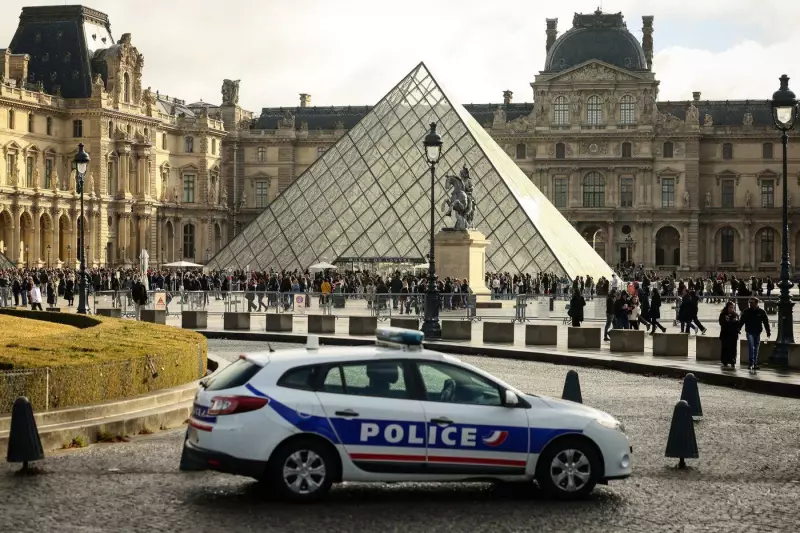
A profound national conversation is unfolding across France as the country confronts the uncomfortable truth about its colonial-era acquisitions. Sacred crown jewels and priceless artifacts, forcibly taken from African nations during the colonial period, remain displayed in French museums, sparking intense debate about ownership, restitution, and historical justice.
The Sacred Treasures at the Heart of the Controversy
Among the most significant contested items are the Abomey Treasures from Benin, which include sacred royal thrones, statues, and the iconic crown jewels of the Kingdom of Dahomey. These artifacts were looted by French troops during the 1892 sack of the royal palace, a violent chapter in France's colonial expansion across West Africa.
Today, these sacred objects reside in Paris's Quai Branly Museum, where they're displayed as art while representing a painful history of subjugation for the nations from which they were taken.
France's Evolving Position on Restitution
For decades, France maintained a firm stance against returning cultural artifacts, citing the "inalienability" of national collections. However, this position has begun to shift dramatically in recent years. President Emmanuel Macron's 2017 declaration in Burkina Faso marked a turning point, when he stated that "African heritage can't be a prisoner of European museums."
This commitment led to France's 2020 decision to return 26 artifacts to Benin, though implementation has been slow and the returned items represent only a fraction of the estimated 90,000 sub-Saharan African objects in French collections.
The Complex Reality of Museum Restitution
Museum directors and cultural officials face numerous practical challenges in the restitution process:
- Legal hurdles surrounding national heritage laws
- Authentication and provenance research requirements
- Concerns about preservation capabilities in receiving countries
- The sheer scale of colonial-era acquisitions across multiple institutions
A Global Movement Gains Momentum
France's dilemma reflects a broader international reckoning affecting museums worldwide. Institutions across Europe and North America are facing similar pressures to address colonial-era acquisitions. The movement has gained particular urgency as younger generations demand a more honest accounting of colonial history and its ongoing legacy.
As one cultural historian noted, "These objects aren't merely art—they're living connections to cultural identity, spiritual practices, and national heritage that was violently disrupted."
The Path Forward: Reconciliation Through Restitution
The debate extends beyond simple artifact return to encompass deeper questions of historical justice and international relations. Many advocates argue that meaningful restitution could serve as a powerful step toward reconciliation and a more equitable cultural dialogue between former colonial powers and affected nations.
As France continues to navigate this complex terrain, the stolen crown jewels stand as potent symbols of both a painful past and the potential for a more ethical future in global cultural preservation.





